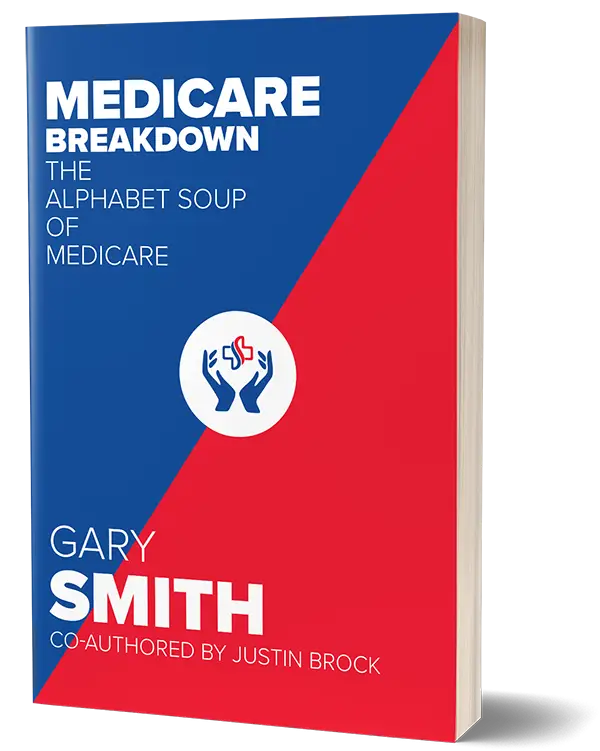Medicare provides essential healthcare coverage for seniors and certain individuals with disabilities, but enrolling at the right time is critical to avoid potential penalties or coverage gaps. Whether you’re new to Medicare or already have a plan, understanding the different enrollment periods is essential for making informed decisions about your healthcare. Missing these deadlines can result in financial penalties or delayed coverage. In this blog post, we’ll explore the key Medicare enrollment periods and why it’s important not to miss them.
1. Initial Enrollment Period (IEP)
The Initial Enrollment Period (IEP) is the first opportunity for most people to sign up for Medicare. It begins three months before your 65th birthday, includes the month of your birthday, and continues for three months after. This seven-month window is the best time to enroll in Medicare without facing late enrollment penalties.
What can you do during the IEP?
- Enroll in Medicare Part A (hospital insurance) and Part B (medical insurance).
- Sign up for a Medicare Advantage Plan (Part C) or a Prescription Drug Plan (Part D).
Why is it important? If you miss this window, you may face a late enrollment penalty for Medicare Part B and Part D, which can increase your monthly premiums for life. You may also experience delays in receiving coverage.
2. General Enrollment Period (GEP)
If you miss your IEP, the General Enrollment Period (GEP) is your next opportunity to sign up for Medicare Part A and/or Part B. The GEP runs from January 1 to March 31 each year. However, coverage won’t begin until July 1 of that year, which could leave you without insurance for several months.
What can you do during the GEP?
- Enroll in Medicare Part A and/or Part B if you didn’t sign up during your Initial Enrollment Period.
Why is it important? While the GEP gives you a second chance to enroll, you may still face late enrollment penalties for Part B and Part D. It’s crucial to avoid this period if possible by enrolling during your IEP.
3. Medicare Advantage Open Enrollment Period
For those already enrolled in a Medicare Advantage Plan (Part C), the Medicare Advantage Open Enrollment Period takes place from January 1 to March 31 each year. This period allows you to make changes to your existing coverage.
What can you do during the Medicare Advantage Open Enrollment Period?
- Switch from one Medicare Advantage Plan to another.
- Drop your Medicare Advantage Plan and return to Original Medicare (Part A and Part B), with the option to sign up for a separate Prescription Drug Plan (Part D).
Why is it important? This period offers flexibility to change plans if your healthcare needs or preferences have shifted. However, it’s important to note that this period only applies if you already have a Medicare Advantage Plan; it does not allow you to switch from Original Medicare to a Medicare Advantage Plan.
4. Special Enrollment Period (SEP)
Life can be unpredictable, and the Special Enrollment Period (SEP) is designed to accommodate those who experience certain life events that affect their healthcare coverage. This could include moving to a new area, losing employer-based health coverage, or qualifying for Medicaid.
What can you do during the SEP?
- Enroll in Medicare Part A and/or Part B.
- Join, switch, or drop a Medicare Advantage Plan or Prescription Drug Plan outside of regular enrollment periods.
Why is it important? The SEP allows flexibility if your life circumstances change. If you’re still working and have employer coverage, you may qualify for the SEP when you retire. In this case, you won’t face late enrollment penalties as long as you enroll in Medicare within eight months of losing your employer coverage.
5. Annual Enrollment Period (AEP)
The Annual Enrollment Period (AEP), also known as the Medicare Open Enrollment Period, takes place from October 15 to December 7 each year. During this time, you can review your current Medicare coverage and make changes if needed.
What can you do during the AEP?
- Switch from Original Medicare to a Medicare Advantage Plan or vice versa.
- Join, drop, or switch a Medicare Prescription Drug Plan (Part D).
- Make changes to your existing Medicare Advantage or Part D plans.
Why is it important? The AEP is your opportunity to adjust your Medicare coverage based on your healthcare needs for the upcoming year. It’s a great time to assess any changes to your health or finances and ensure your plan still provides the coverage you need.
6. Part D Enrollment Period
If you didn’t sign up for a Medicare Prescription Drug Plan (Part D) when you first became eligible, you can enroll during the Annual Enrollment Period (October 15 to December 7). However, if you delay enrolling in Part D and don’t have other creditable drug coverage, you may face a late enrollment penalty that will increase your premium.
Conclusion: Don’t Miss These Deadlines!
Understanding these key Medicare enrollment periods ensures that you get the healthcare coverage you need without facing unnecessary penalties or delays. Missing the right enrollment period could result in higher costs or gaps in coverage, which is why it’s essential to mark these deadlines on your calendar and plan ahead.
If you’re unsure which enrollment period applies to you or need help navigating your Medicare options, the Gary Smith Agency in Long Beach, MS, is here to help. Their experienced team can offer personalized guidance and ensure you don’t miss any critical deadlines. Give them a call today at (228) 762-3334 to schedule a consultation and get the support you need to make informed decisions about your Medicare coverage. Don’t wait—secure your healthcare future now!
© 2024 Gary Smith Agency. All rights reserved.
MEDICARE BREAKDOWN













